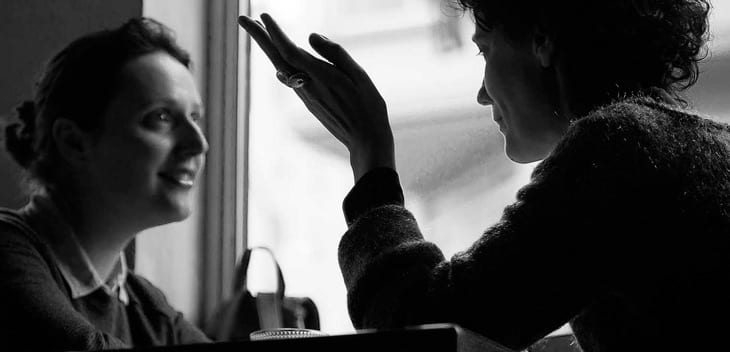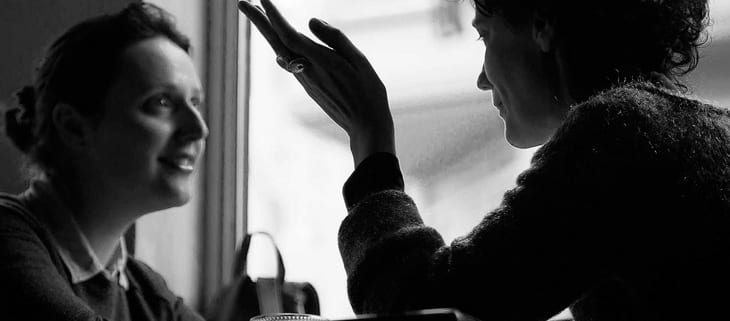How Much Does Life Insurance Really Cost?

Life Insurance Guide for Young Professionals
At what point do we need life insurance? As a young adult settling down into a home, a career, a relationship and an uncomfortable amount of post-graduation debt, I asked myself this question. It is easy to put off life insurance until you start fearing mortality, but personal responsibility builds up quickly. For someone who relied on loans with cosigners, credit cards, and borrowing from close friends and family to get through school and to prepare for homeownership it is clear that if something happened to me there would be significant strain on those who helped me most in my time of need. Even in relationships, it can be frightening how quickly you depend on each other financially. The decision for me to get life insurance was clear but how much will it cost, and where do I even start?
Types of Life Insurance
There are several types of life insurance, the most popular being Term Life Insurance, followed by Whole Life Insurance. Term Life is typically the easiest, and lowest cost solution. Younger consumers, on average, significantly overestimate the costs of Life Insurance, so looking at term life insurance rates is a good first step. Term Life insurance is fairly simple, you decide the death benefit, or face value, that you want and the term, or duration, of the policy you need. The rates are then provided by the insurer, after assessing provided personal information. Term life is easy to find and compare rates online. If you have a loan for a project, or purchase, term life insurance can be setup to match the duration of your debt and protect your family or cosigners that are named as beneficiaries.
Whole Life insurance takes some time with an insurance agent to work out. A whole life policy is a combination of a term life policy and a savings plan. Whole life stays in force your whole life, statistically. In truth, a whole life policy has an age of maturity, typically 100 years. So at 100 years, if you have survived that long, you will receive the money stored up in the policy which, if you do not have loans against it, should be the same amount as the death benefit. If you do not survive that long, the death benefit of the policy will be paid out, less any loans against the policy. You are paying for two parts of the policy, the insurance portion and the investment portion. The investment portion, with any guaranteed return on investment will equal the face value upon maturity. Therefore the younger you are when you start your policy the lower your premium payments will be. Those costs can be prohibitively high if you are first starting your career, but should be considered once you have enough discretionary income because they help ensure that you will always have life insurance coverage.
If Term Life is what you are looking for, it turns out that shopping around can pay off greatly depending on your gender, health, lifestyle, smoking habits and age. After polling a selection of 10 top life insurance carriers I discovered largely varying rates from carrier to carrier and person to person. Looking for a policy with a term of 20 years, a face value of $100,000 and with the applicant in very good health, I was able to find some notable differences in rates. At age 25, non-smoking women could expect to pay between $95 and $220 annually, where non-smoking men could expect to pay between $125 and $250 annually. A smoker in the same age group can expect to pay between $100 and $200 more for the same policy. For non-smoking individuals earliest significant increases in life insurance prices happen at age 35, costing between $125 and $250 annually, and again at 45 years of age, costing between $178 and $400 annually. As the age difference becomes greater the difference in costs become even greater in favor of women, and at 45 years of age smoking often more than doubles the cost of the policy.
How Does Life Insurance Work?
The insurance companies polled either seemed to put more weight on the individual risk, or spread the risk out between those insured, so one carrier might have the lowest cost for a healthy, non-smoking, 20 year old, female but have the highest cost for a smoking male in the same age group. According to the polled companies, shopping around could more than cut the cost of a policy in half for nearly every lifestyle, gender and age group polled. Additionally, younger adults can often choose policies where no medical exam is required without increasing the cost of insurance too significantly. The key to choosing a policy with no medical exam is staying honest to ensure your beneficiaries receive the benefit of the policy. Skipping the medical exam becomes prohibitively expensive as the applicant becomes older.
Life insurance guide is an important way to protect those who have helped you get to where you are now, but do not forget to shop around and compare rates and policy terms. Finding the best policy for you is easy and it can really pay off in the end.

 EINSURANCE
EINSURANCE EINSURANCE
EINSURANCE